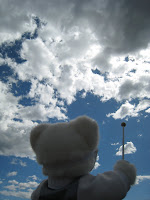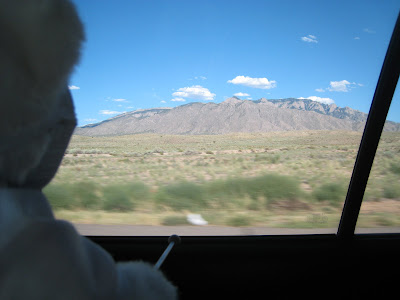Descartes' False Positive

"Nothing could be more alien to contemplation than the cogito ergo sum of Descartes. 'I think, therefore I am.' This is the declaration of an alienated being, in exile from his own spiritual depths, compelled to seek some comfort in a proof for his own existence (!) based on the observation that he 'thinks.' If his thought is necessary as a medium through which he arrives at the concept of his existence, then he is in fact only moving further away from his true being. He is reducing himself to a concept. He is making it impossible for himself to experience, directly and immediately, the mystery of his own being. At the same time, by also reducing God to a concept, he makes it impossible for himself to have any intuition of the divine reality which is inexpressible. He arrives at his own being as if it were an objective reality, that is to say he strives to become aware of himself as he would of some 'thing' alien to himself. And he proves that the...











